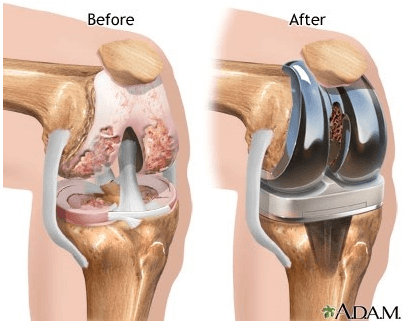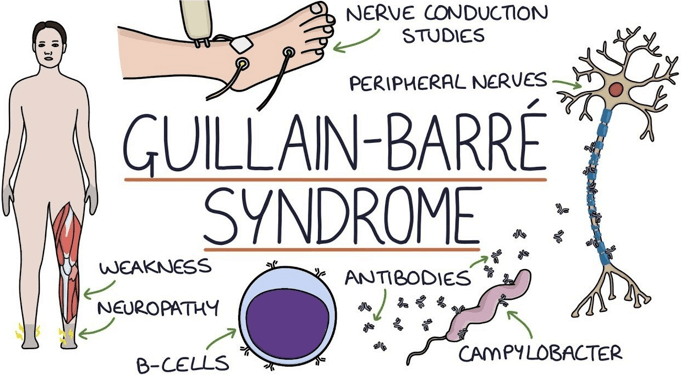The practical nurse (PN) observes two unlicensed assistive personnel (UAP) turning an older client who had a hip arthroplasty with prosthesis placement four hours ago. Which observation by the PN indicates that the UAPs need additional information about the turning procedure?
An abduction pillow is placed between the client's legs when positioned.
The client is told to keep both legs straight and together while turning.
A turning sheet is used under the client for turning and repositioning.
The UAPs keep their backs straight and knees bent when moving the client.
The Correct Answer is B
This is the observation that indicates that the UAPs need additional information about the turning procedure because it is incorrect and may cause complications for the client. The client who had a hip arthroplasty with prosthesis placement should not keep both legs straight and together while turning because this may cause dislocation of the prosthesis, nerve damage, or bleeding. The client should keep the affected leg slightly abducted and supported with pillows or an abduction device.

Nursing Test Bank
Naxlex Comprehensive Predictor Exams
Related Questions
Correct Answer is B
Explanation
A. Elevated energy level: While cocaine use can initially cause increased energy, this is a temporary effect. The most consistent and concerning behavioral manifestation is drug-seeking behavior due to intense cravings.
B. Powerful craving for more: Cocaine is highly addictive and stimulates the brain's reward system, leading to a powerful and often uncontrollable craving for more of the drug, which is a hallmark of cocaine dependence.
C. High self-esteem: Cocaine use may cause temporary grandiosity, but it does not result in true or stable high self-esteem. Users often experience mood swings and depressive symptoms after the drug wears off.
D. Euphoria: Cocaine does cause euphoria, but it is short-lived. The craving for more, even after the initial high, is more defining and persistent in clients who test positive and are in the cycle of use.
Correct Answer is A
Explanation
This is the finding that the PN should report to the charge nurse because it indicates a possible complication of Guillain-Barre syndrome, which is autonomic dysfunction. This can affect the cardiac, respiratory, and gastrointestinal systems and cause life-threatening problems such as arrhythmias, hypotension, or respiratory failure. The PN should monitor the client's vital signs closely and report any abnormal changes.

Whether you are a student looking to ace your exams or a practicing nurse seeking to enhance your expertise , our nursing education contents will empower you with the confidence and competence to make a difference in the lives of patients and become a respected leader in the healthcare field.
Visit Naxlex, invest in your future and unlock endless possibilities with our unparalleled nursing education contents today
Report Wrong Answer on the Current Question
Do you disagree with the answer? If yes, what is your expected answer? Explain.
Kindly be descriptive with the issue you are facing.
